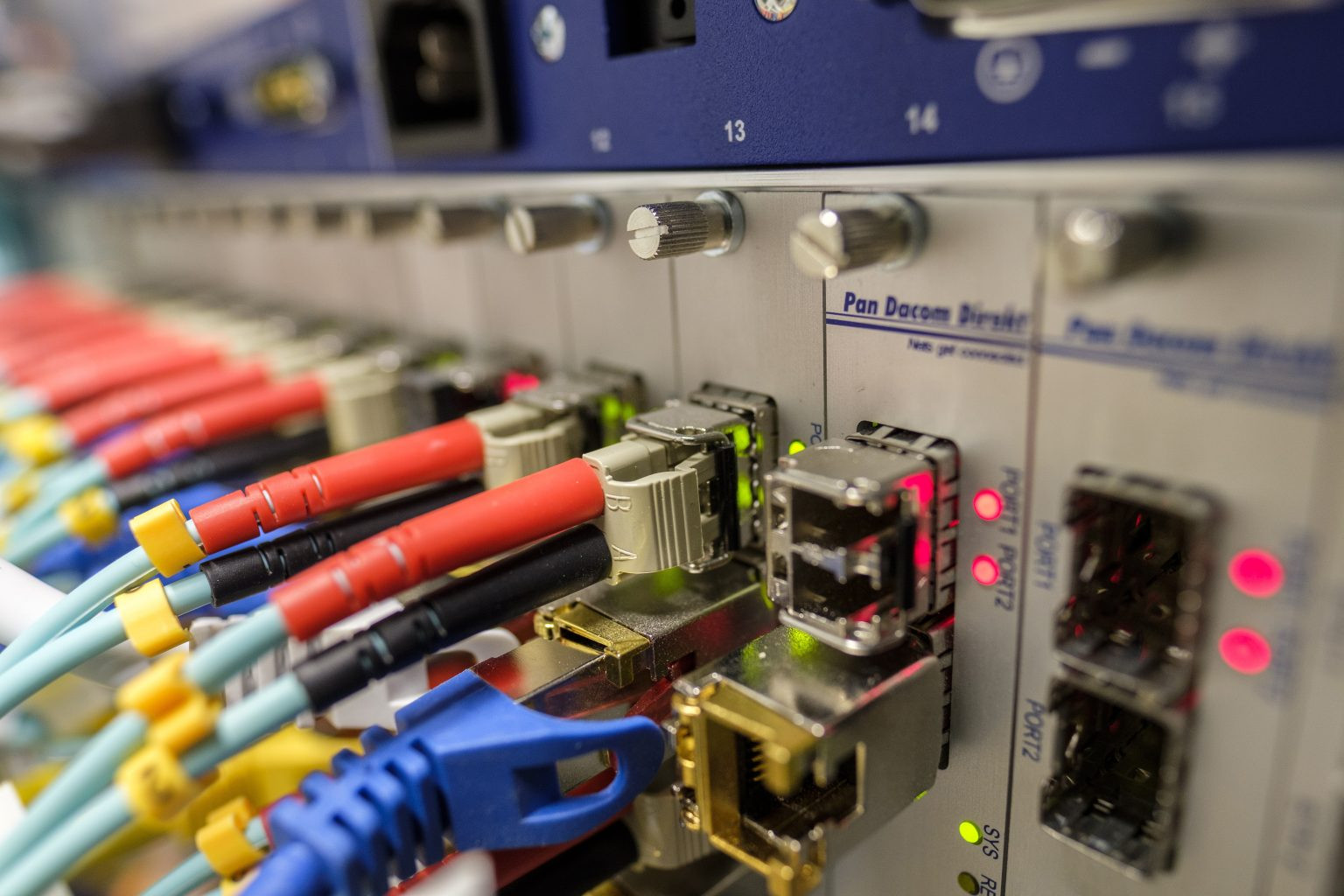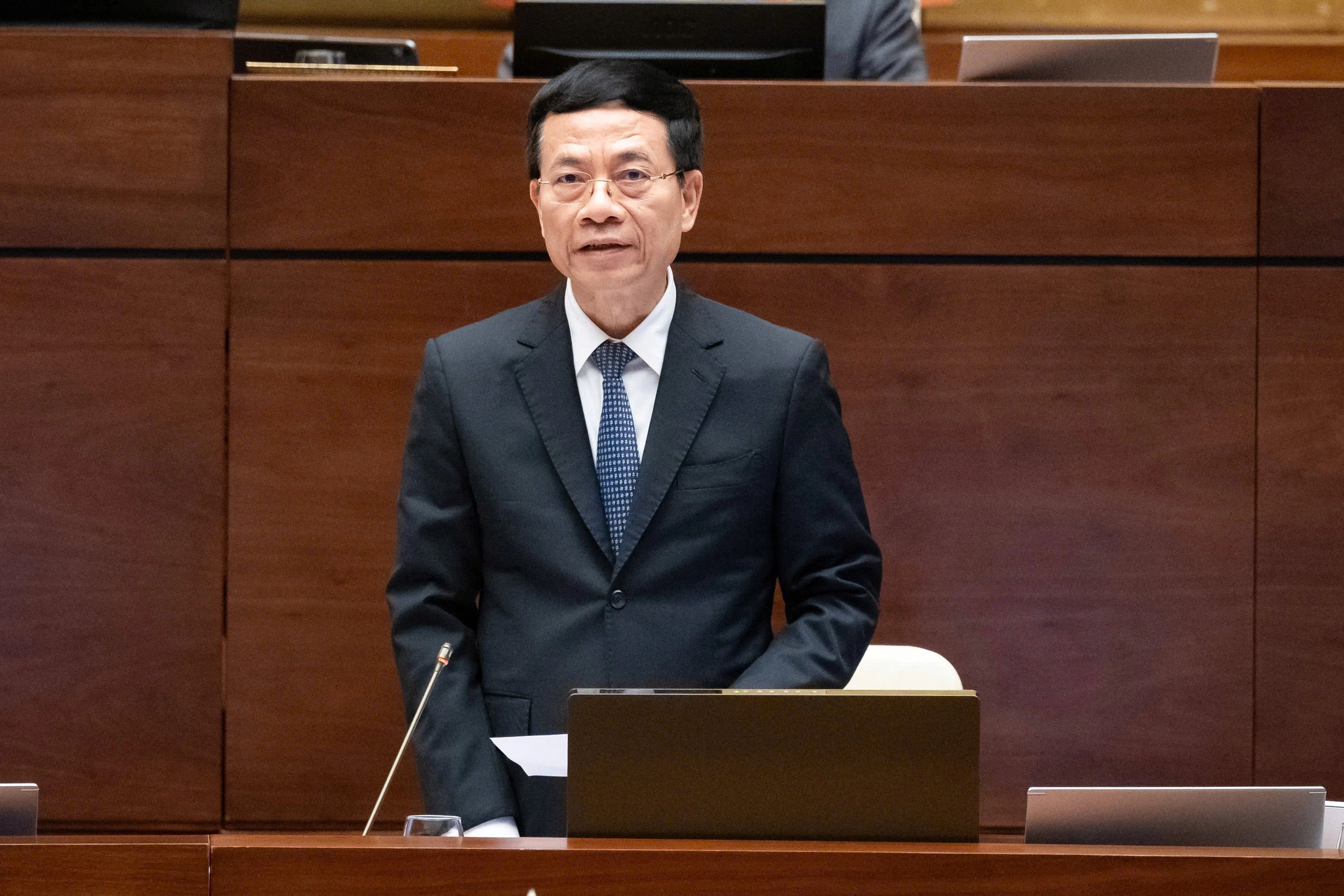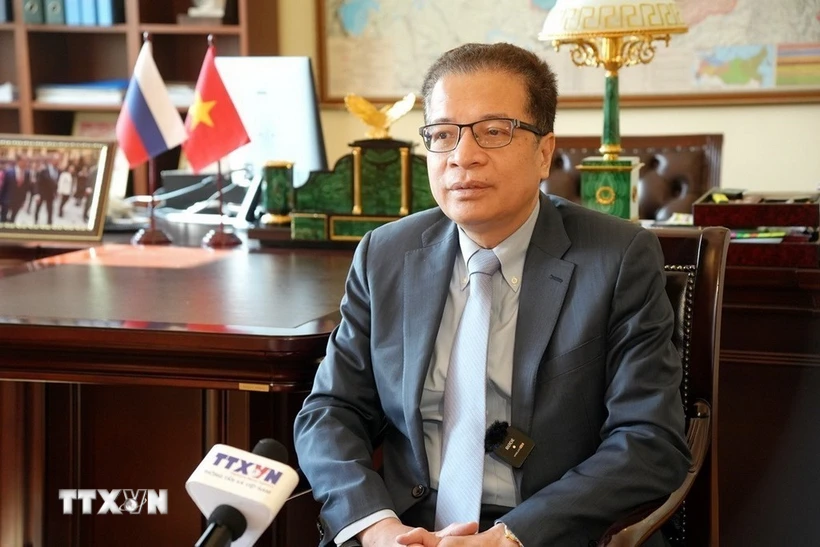Speaking at a telecommunications forum in Utah (USA), Mr. John Stankey emphasized the dependence of technology companies on the Internet infrastructure provided by carriers like AT&T. He pointed out that the world's seven largest and most profitable companies all build their products based on the Internet and the infrastructure of telecommunications companies. "Why don't they participate to ensure cheap and fair access to essential services today?" , the AT&T CEO asked.

Currently, the USF spends about $8 billion a year and is funded largely through surcharges on mobile and landline subscribers. Stankey’s proposal would shift some of the financial burden to the tech giants, arguing they have a responsibility to maintain the infrastructure on which their services are based.
Some EU carriers are also demanding that Big Tech share some of its telecom investments. They believe that tech companies are making huge amounts of money off of their networks. For example, Meta – Facebook’s parent company – made $18.585 billion in the US and Canada in the fourth quarter of 2023.
AT&T has committed to investing heavily in infrastructure to ensure a great customer experience. The company spent $4.601 billion in the final quarter of last year alone. The carrier now has 13.729 million wired broadband subscribers and an average revenue per user (ARPU) of $65.62.
AT&T has been expanding its fiber network, reaching 26 million locations by the end of 2023 and targeting more than 30 million by the end of 2025. Fiber ARPU is $68.5, reflecting the carrier’s focus on providing high-speed Internet services. Over the past three years, the company’s fiber subscribers have grown nearly 70% to more than 8.3 million, bringing fiber revenue to more than $6.2 billion by 2023.
Stankey’s proposal is all the more urgent now that the U.S. government recently shut down a broadband internet subsidy program that served 23 million households. Before running out of funds, the program received $17 billion to help low-income people and those impacted by Covid-19. The White House’s efforts to get another $6 billion to keep the fund going have been unsuccessful.
The USF plays a critical role in providing access to telephone and broadband services to low-income people, schools, libraries, and rural health facilities. Several proposals are being made by Congress to expand funding sources for the USF, including technology companies and broadband providers.
(According to telecomlead)
Source: https://vietnamnet.vn/nha-mang-my-muon-big-tech-dong-gop-cho-quy-dich-vu-vien-thong-2295397.html



![[Photo] Third meeting of the Organizing Subcommittee serving the 14th National Party Congress](https://vstatic.vietnam.vn/vietnam/resource/IMAGE/2025/4/2/3f342a185e714df58aad8c0fc08e4af2)



![[Photo] Relatives of victims of the earthquake in Myanmar were moved and grateful to the rescue team of the Vietnamese Ministry of National Defense.](https://vstatic.vietnam.vn/vietnam/resource/IMAGE/2025/4/2/aa6a37e9b59543dfb0ddc7f44162a7a7)








![[Photo] Unique folk culture at Binh Da Festival](https://vstatic.vietnam.vn/vietnam/resource/IMAGE/2025/4/2/b73c9957948d4b00836273633a864a48)















































































Comment (0)